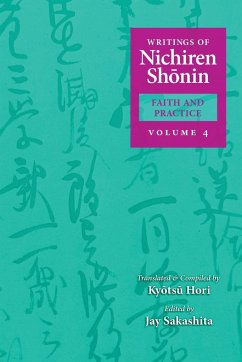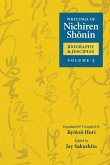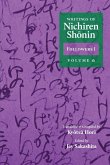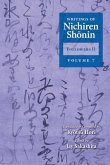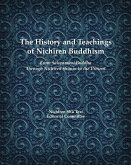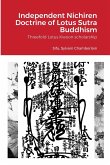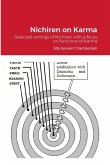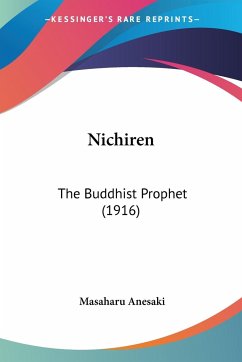This volume, the 12th project of the English Translation Committee of the Nichiren Shu Overseas Propagation Promotion Association (NOPPA), constitutes all 27 writings of Buddhist reformer Nichiren Sh¿nin (1222-1282) included in the Nichiren Shonin Zenshu, Complete Writings of Nichiren Shonin, Volume 4: Faith and Practice, published in Tokyo in 1993. The Nichiren Shonin Zenshu is a modern Japanese version of Nichiren's original writings, translated and edited with annotations by modern scholars of Nichiren Buddhism. Despite its all-inclusive title, the Zenshu is highly selective in that it takes into account only writings considered bibliographically authentic: attested to by original manuscripts. Among such texts, those included in the Showa Teihon Nichiren Shonin Ibun, Writings of Nichiren Shonin Standardized in the Showa Period, complied by the Rissho Daigaku Nichiren Kyogaku Kenkyu-jo, Center for the Study of Nichiren Buddhism, published by Minobusan Kuonji Temple between 1951 and 1959, are considered the most authoritative, and they provide the basic texts for this volume. While this volume does not include any of Nichiren Shonin's major writings, it does contain several of his more well-known writings such as the Emperor Sushun Letter, Sushun Tenno Gosho, the Treatise on All Phenomena as Ultimate Reality, Shoho-jisso Sho, and a detailed explanation of why we do eye-opening ceremonies, Opening the Eyes of Buddhist Images, Wooden Statues or Portraits, Mokue Nizo Kaigen no Koto. This volume also contains several letters either directly addressed to women, or that discuss how the Lotus Sutra is the only sutra to assure the attainment of Buddhahood by women. One of these, the Treatise on Prayers, Kito-Sho, is known to have been addressed to Sairen-bo, a Tendai monk. However in the introductions to four of these documents for which the addressee is not known, each of the translators puts forth the assumption that because these letters discuss the attainment of Buddhahood by women, they must have been addressed to women. This is a questionable assumption. As Nichiren writes in the Treatise on Subhakarasimha, Zemmui-sho, "Truthfully speaking, even men cannot become Buddhas through those other sutras." One could argue that Nichiren believed that it was important for men to realize that women did not need to become men to become Buddhas, that we all carry the potential for enlightenment within us. He could likely have addressed letters about women becoming Buddhas both to women and also to men. In fact, we have an example of this in the Treatise on Prayers, addressed to Sairen-bo.
Hinweis: Dieser Artikel kann nur an eine deutsche Lieferadresse ausgeliefert werden.
Hinweis: Dieser Artikel kann nur an eine deutsche Lieferadresse ausgeliefert werden.

